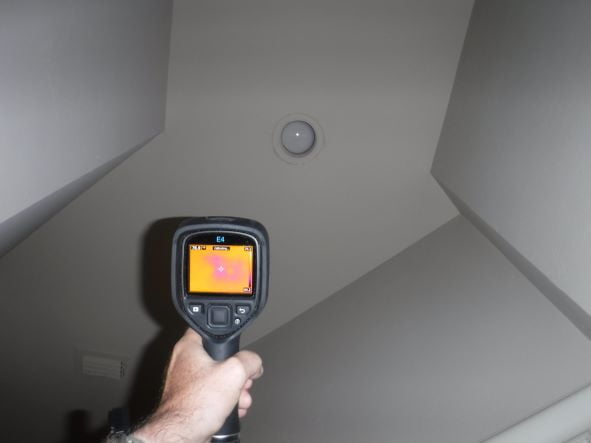
If you suspect you have a mold problem, who is the first person you should think of?
A mold assessor, of course!
As long as we have inhabited structures, we have been living with mold. So what happens when you realize that you really may have a mold problem?
One place to start is with a mold assessor. Mold assessment and testing is a combination of science and creative judgment on the part of the mold assessor. There are no firm industry standards that designate one single “right” way to assess and test a structure, which makes it imperative to select an experienced, reputable mold assessor.
Why is a mold assessor preferred over an inspector?
Be aware that there is a difference between a mold assessor and a mold inspector. The two main differences are as follows: 1) a mold assessor has undergone a higher level of training than a mold inspector, and 2) a mold assessor is the architect of the project whereas a mold inspector performs mold testing but without the in-depth assessment and project management skill-set.
The mold assessor is essentially the architect of the project, a common industry phrase referencing their pre- and post-project responsibilities. Due to this managerial role of the mold assessor, selecting a qualified and experienced assessor is the first step to take.
The mold assessor carries out the following functions:
Performs a visual assessment of both the structure and the property under and around the structure. This visual assessment is subjective, so experience is a critical component that enables the assessor to make the correct determination based on the visual inspection.
Identifies the source of water or moisture, when possible. Keep in mind that mold assessors do not perform invasive investigations, such as removing walls or shower tiles, so they may not be able to visually see the cause of moisture to identify it. Conversely, since mold re-mediators do perform invasive investigations by removing structural building materials, it is legally their responsibility to locate the moisture source and make sure it is fixed before closing up and putting the investigated area back together.
Designs and implements testing protocol according to industry standards. Ideally, a combination of testing methods should be used to give the broadest picture of what is going on in the structure.
Interprets objective test results in the context of the site visit. Reports findings in a written mold report.
When applicable, outlines a generalized mold remediation protocol that includes the specific criteria that must be met for the project to pass Post Remediation Verification (PRV).
Confers with the mold re-mediator on the remediation protocol. Please note that it is the responsibility of the re mediator to notify the mold assessor if the scope of the plan needs to be altered based on the additional information gained during the invasive investigation.
Confirms completed execution of remediation protocol by mold re mediator.
Performs PRV testing to determine that PRV criteria have been met. Keep in mind that the initial mold assessor can perform clearance testing, or another company can be brought in to do it.
For more information visit Florida Health
